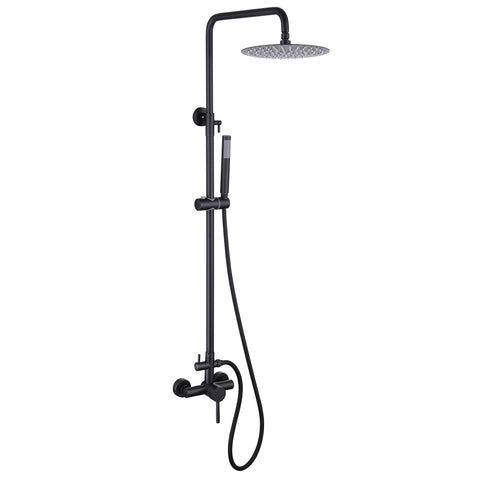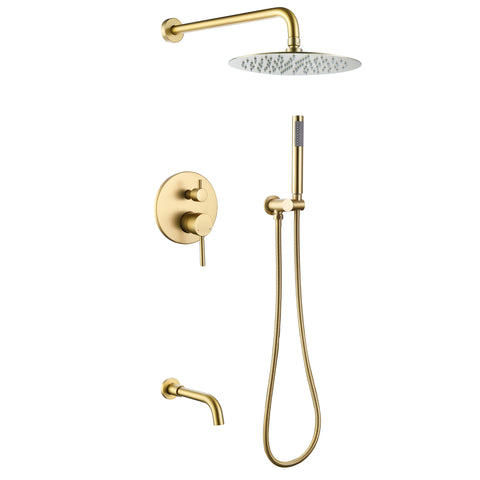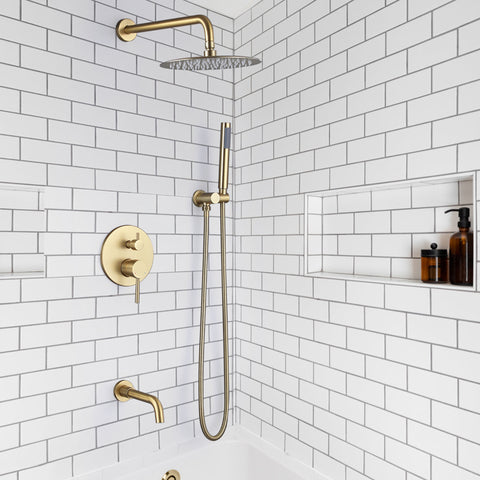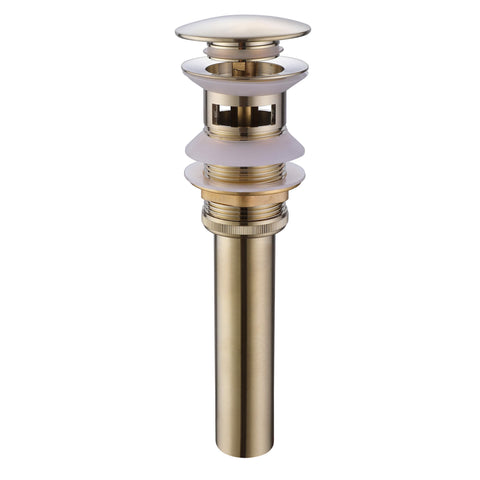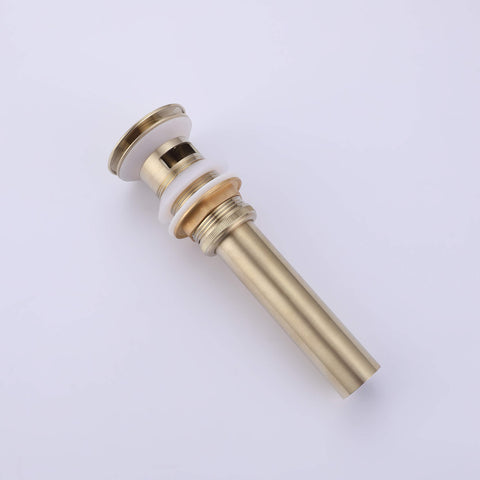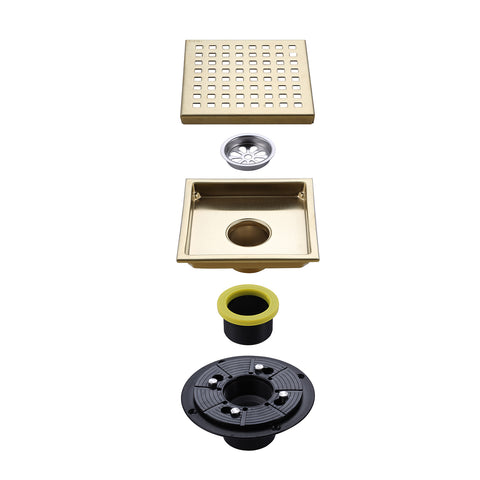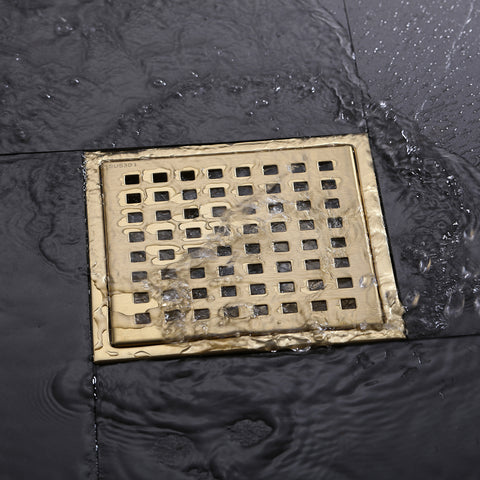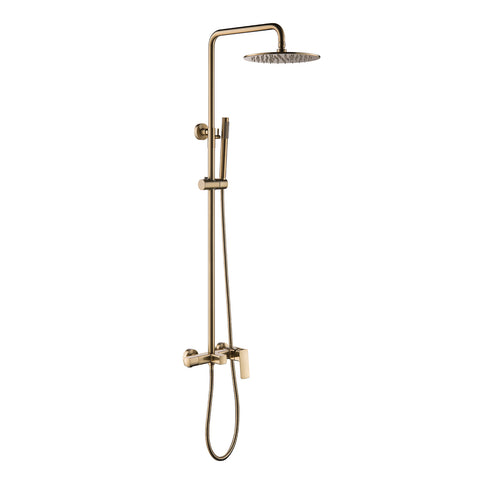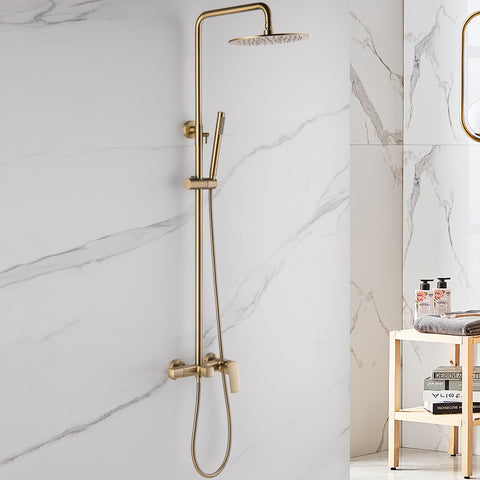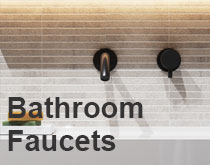Say Goodbye to Leaky Faucets: Why Shower Faucet Valve Replacement is Essential
Say goodbye to the hassle of a leaking shower faucet and enjoy a stress-free showering experience! Replacing your shower faucet valve is a crucial step in ensuring your bathroom remains functional and conserves water. Don’t let a dripping shower faucet go unnoticed—it can lead to significant water wastage and increased utility bills.
At RBROHANT, we combine cutting-edge technology with top-tier materials to deliver premium products. Our shower faucet valves are crafted to meet your specific needs, enhancing your shower experience with precision and durability.
1. Why Replacing Your Shower Faucet Valve Matters
- Prevent Water Wastage: A dripping faucet can waste gallons of water every day. Replacing a faulty valve keeps your system efficient and eco-friendly.
- Avoid Structural Damage: Leaks can damage walls and floors, leading to mold and decay. Timely replacement helps protect your home.
- Improve Water Pressure: A worn valve can cause poor or inconsistent water flow. Upgrading restores strong, steady pressure for a better shower.
2. Signs It's Time to Replace Your Shower Faucet Valve
Be on the lookout for these common indicators:
- Leaking Faucet: Water continues to drip even when off.
- Temperature Fluctuations: Difficulty adjusting hot and cold water properly.
- Inconsistent Flow: Weak or pulsing water flow during use.
- Corrosion or Buildup: Visible mineral deposits or rust on valve components.
3. Types of Shower Faucet Valves
Understanding which valve type you have helps determine the correct replacement method:
- Compression Valve: Uses rubber washers. Prone to wear and leaks over time.
- Ball Valve: Single-handle control. Durable, but may still require replacement eventually.
- Cartridge Valve: Most common today. Easy to replace and maintain.
4. DIY vs. Hiring a Professional
Both approaches have benefits—consider the following before starting:
- Skill Level: Professionals ensure accuracy. DIY may save cost if you're experienced.
- Tool Access: A pro arrives fully equipped, avoiding extra expenses on tools.
- Time Efficiency: Hiring a professional is quick and stress-free.
5. Tools and Materials You'll Need
- Adjustable Wrench
- Flathead & Phillips Screwdrivers
- Plumber’s Tape
- Pipe Cutter (if needed)
- New Shower Valve
- Optional: Washers, O-rings, Cartridges
6. How to Replace a Shower Faucet Valve
Here’s a simplified process—always follow manufacturer instructions:
- Step 1: Shut off water supply.
- Step 2: Remove faucet handle and trim plate.
- Step 3: Detach the old valve carefully.
- Step 4: Insert and secure the new valve.
- Step 5: Reassemble and test for leaks.
7. Common DIY Mistakes to Avoid
- Forgetting to Shut Off Water
- Misidentifying Valve Type
- Skipping Leak Testing
- Over- or Under-tightening Components
- Ignoring Instructions
8. Why Hire a Professional?
- Expert Diagnosis & Repair
- Saves Time & Reduces Risk
- Quality Assurance & Warranty
- Compliance with Building Codes
9. Frequently Asked Questions
-
How long does replacement take?
Usually 1–3 hours, depending on complexity. -
How often should valves be replaced?
Every 10+ years, or sooner if issues arise. -
Do I need to remove tiles?
Not always—depends on valve access. -
Can I skip shutting off water?
No—always turn off water before beginning. -
Will insurance cover this?
Depends on your policy—check with your provider.
Final Thoughts
Whether you're fixing a persistent leak or upgrading your bathroom fixtures, replacing a shower faucet valve is a practical way to improve water efficiency, maintain home value, and enhance daily comfort. With the right knowledge and tools—or a trusted professional—you’ll restore peace and performance to your shower system.
